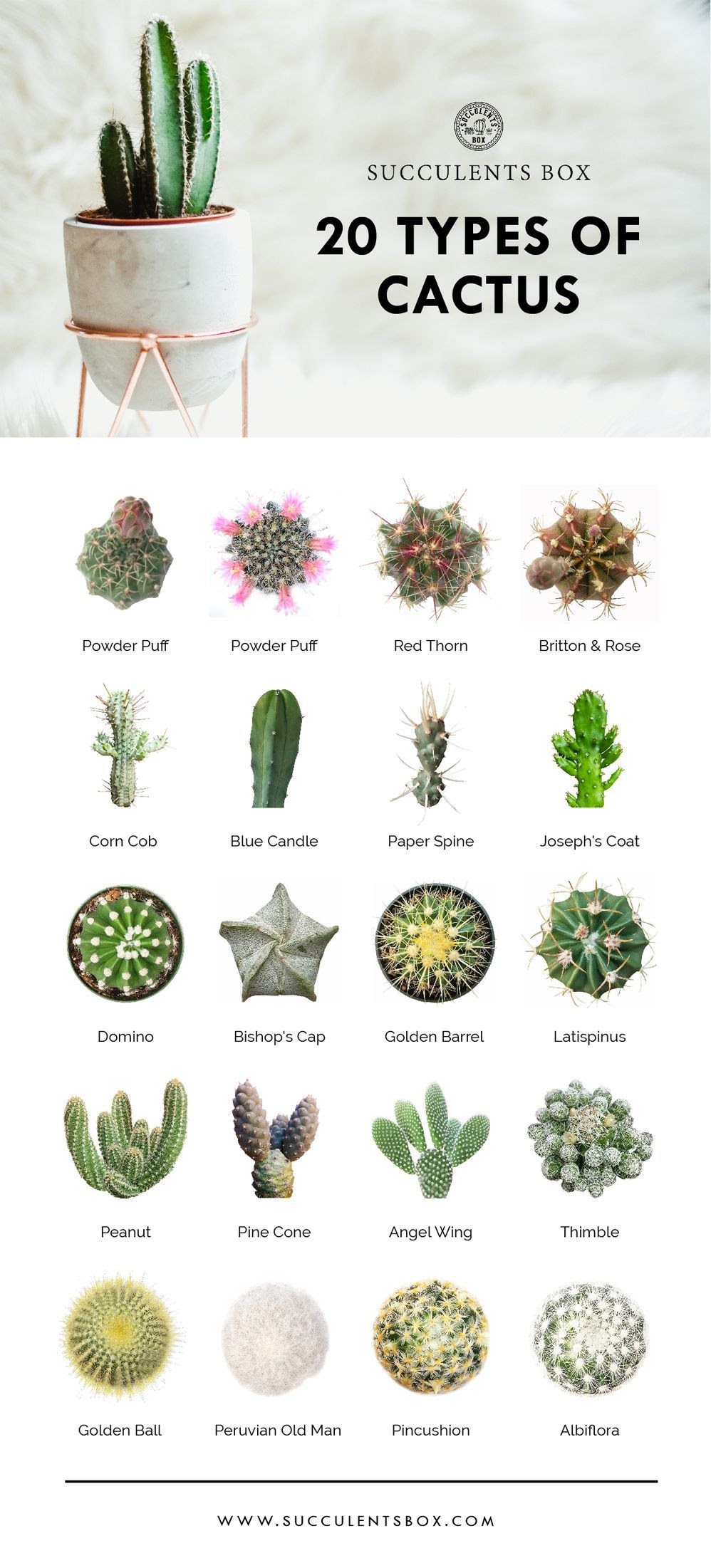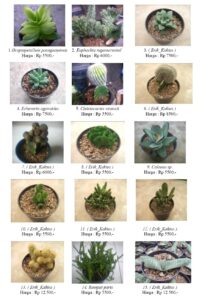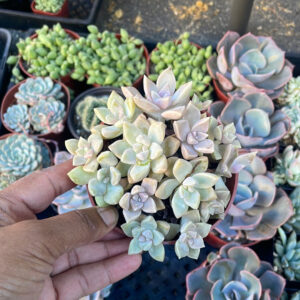The vast world of cacti is as diverse as it is thrilling. This visual guide serves as an extensive identification chart, showcasing various cactus varieties, each with unique characteristics that cater to different preferences and environments. Understanding these characteristics can help enthusiasts choose the right cactus for their collection, landscape, or indoor decor. From the iconic saguaro to the whimsical astrophytum, this guide will paint a picture of the cactus kingdom.
Among the various aspects of cacti to explore, the morphology, habitat, and growth habits stand paramount. Each of these factors contributes to the overall identity of different cactus types and helps enthusiasts when selecting the ideal species for their needs.
There are several types of cacti classifications that stem from their appearances and adaptations. This chart focuses primarily on four significant categories: globular cacti, columnar cacti, epiphytic cacti, and trailing cacti. Delving into each category will reveal the fascinating world of these succulents.
Globular cacti are often characterized by their rounded forms; they are typically compact and can be found in various habitats, thriving in arid regions. Their unique shapes not only serve aesthetic purposes but also play an essential role in their survival.
The infamous Echinocactus grusonii, commonly known as the Golden Barrel Cactus, displays magnificent yellow spines that encase its spherical body. Originating from the deserts of Mexico, its striking shape and color make it a popular choice for gardeners seeking an eye-catching centerpiece. Each specimen can grow up to three feet tall and produce beautiful yellow flowers, enhancing its visual appeal.
Moving onto the Mammillaria genus, recognized for its small globular forms, these cacti are often covered with intricate patterns of spines and tubercles. They offer a plethora of varieties, many of which bloom in splendid, vibrant flowers during their growing season. The Mammillaria zeilmanniana, or the “Nipple Cactus,” is a prime example, standing no taller than a foot yet producing delightful clusters of pink flowers.
In contrast, columnar cacti grow in a tall, upright fashion, often reaching significant heights. They thrive in areas with direct sunlight and poor nutrients while exhibiting unique adaptations. The iconic Carnegiea gigantea, or Saguaro Cactus, is emblematic of the American Southwest’s desert landscape. Characterized by its tall, arm-like extensions, this cactus can live for over 150 years, gradually expanding and presenting an awe-inspiring sight that draws admirers from around the globe.
Other notable columnar species include the Pachycereus pringlei and the Stenocereus thurberi. The former, known as the Giant Cardon, holds the record as the tallest cactus species, with some individuals reaching heights exceeding 60 feet. The latter, commonly referred to as the Organ Pipe Cactus, boasts a unique and ornate appearance with multiple upright stems, echoing the shape of its namesake musical instrument.
Epiphytic cacti present yet another captivating category, primarily found in the lush environments of rainforests. These cacti adapt to their surroundings by growing not just in soil but also on other plants. Their remarkable growth habits allow them to bask in bright light while avoiding the saturated ground below. A well-known example is the Schlumbergera, commonly recognized as the Christmas Cactus, revered for its vibrant blooms that flourish during the holiday season. This exquisite cactus is particularly popular for indoor settings, as it thrives in lower light conditions and requires minimal care.
Trailing cacti encompass another visually appealing type, typically characterized by elongated stems that cascade or spread instead of growing upright. The Rhipsalis genus exemplifies this category with its unique capability to create a lush and verdant display. The Rhipsalis baccifera produces small, white fruit that can add an extra touch of interest to its aesthetic. While these cacti may require specific environmental considerations, their adaptability to varying surroundings often make them a preferred choice among amateur and experienced gardeners alike.
In addition to these specific categories, the identification of cactus species encompasses interesting traits such as flowers, spines, size, and growing conditions. Each cactus type presents distinct foliage, colors, and blooming habits that can significantly impact their placement in a garden or home decor.
One fundamental feature to note is that flowering occurrences can range from rare to prolific, depending on the species and growing conditions. For instance, while cacti like the Echinopsis produce copious blooms, others, such as certain Ferocactus varieties, may only flower once every few years when adequately stressed. Understanding these nuances can greatly enhance the experience of nurturing these plants.
In conclusion, the vast spectrum of cactus varieties offers enthusiasts innumerable choices for enrichment and cultivation. Each group is laden with distinctive characteristics that allow for endless possibilities, whether it be for personal enjoyment, landscape design, or interior decoration. By utilizing this chart as a visual guide, individuals can develop a deeper appreciation for the unique beauty these resilient plants offer and ignite a passion for their cultivation.
Exploring these different types of cacti will not only foster a greater understanding of their contrasting environments but will also encourage appreciation for the ecological roles they play in their native habitats. With their striking appearances and fascinating adaptations, cacti truly stand out in the plant kingdom.





Leave a Comment